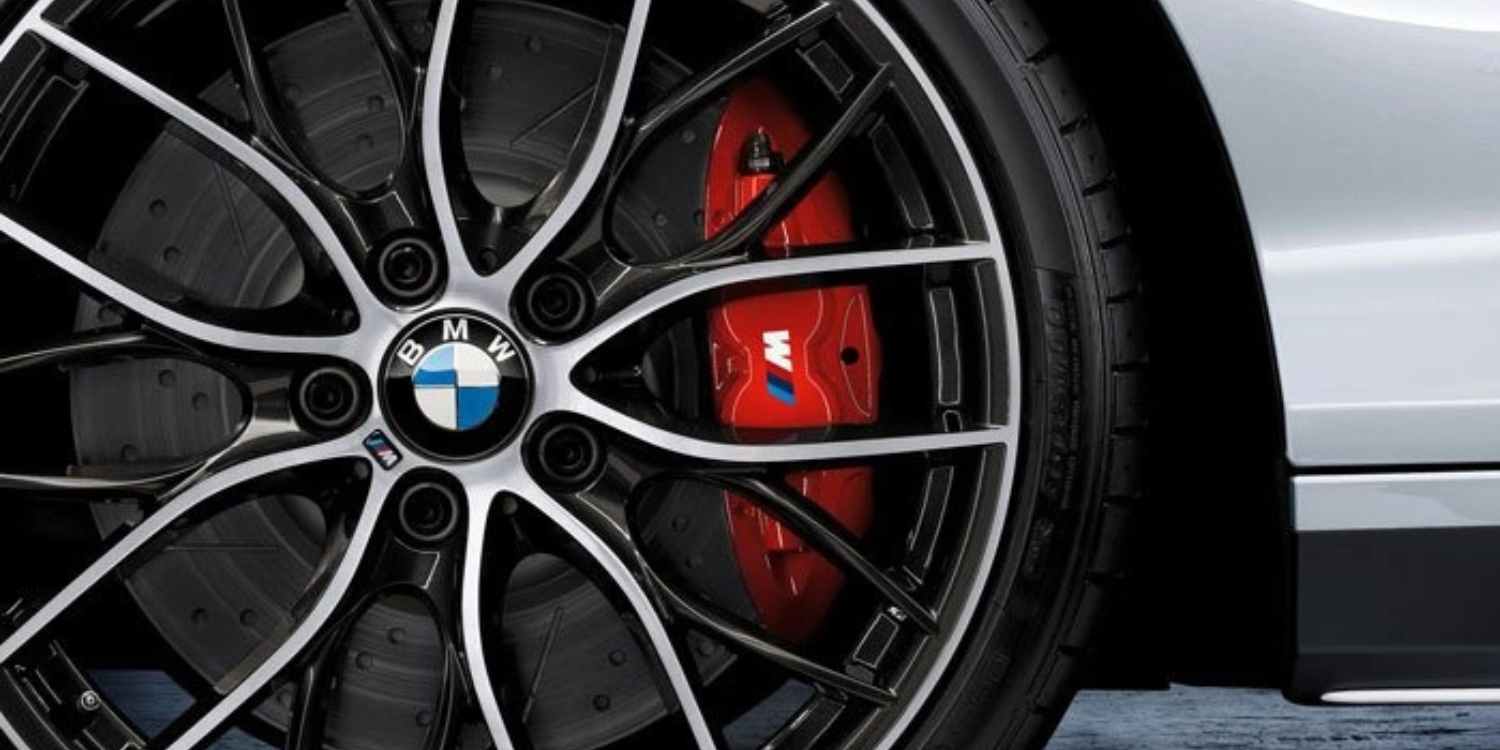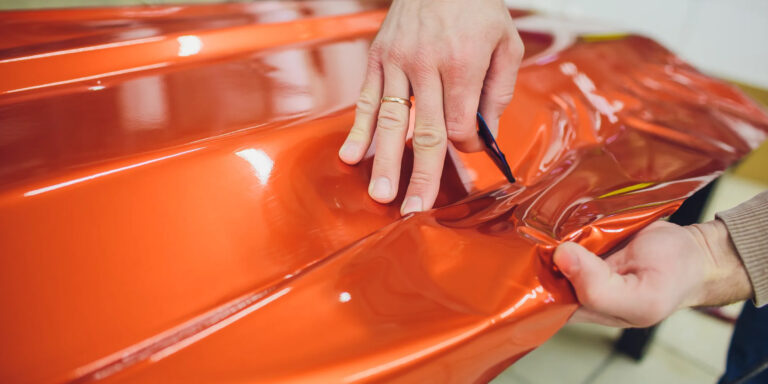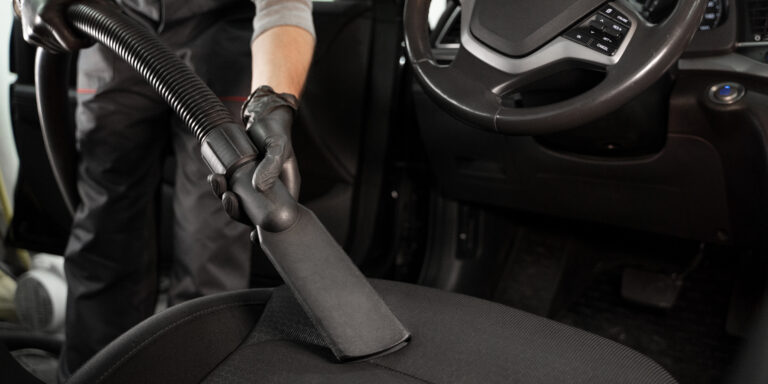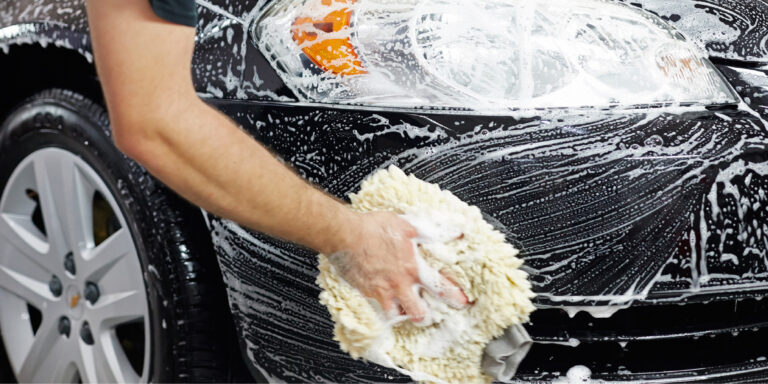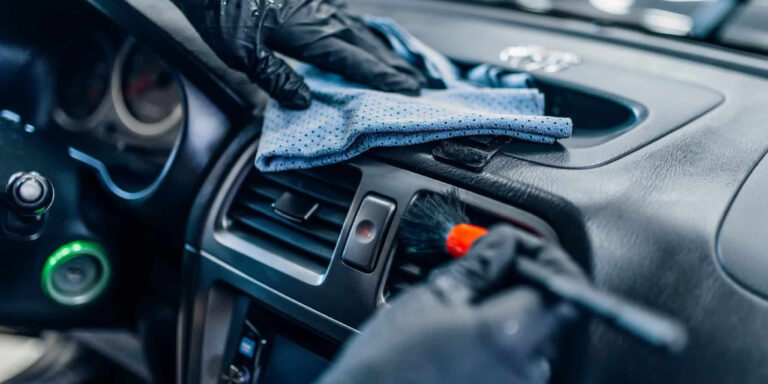If you’re looking to add a personal touch to your car or give it a sleek, upgraded look, painting your brake calipers and wheels is one of the easiest and most cost-effective ways to do it. It’s a popular DIY project among car enthusiasts because it enhances both the appearance and style of the vehicle, without breaking the bank.
Whether you’re aiming for a vibrant new color on your wheels, or you want to make your calipers pop with a clean, shiny finish, this beginner’s guide will walk you through everything you need to know about the tools, preparation, and painting techniques involved in this project.
🛠️ Tools You’ll Need
Before diving into the painting process, it’s essential to gather the right tools. Having the proper equipment will make the job easier, cleaner, and more professional-looking.
Basic Tools for Caliper & Wheel Painting:
- Jack and Jack Stands
To remove your wheels, you’ll need a jack and some sturdy jack stands for safety. Ensure that your vehicle is on a level surface and use the jack to lift the car off the ground. Place jack stands under the car before you start working. - Lug Wrench
A lug wrench or impact wrench will help you remove the wheels. Make sure the lug nuts are completely loose before lifting the car. - Brake Cleaner
You’ll need a brake cleaner to thoroughly clean the calipers and wheels before painting. This removes all grease, dust, brake fluid, and any other contaminants that can affect the paint’s adhesion. - Sandpaper (180-400 grit)
Sanding is crucial for prepping your calipers and wheels. Sandpaper in the 180 to 400 grit range will help smooth out imperfections and create a rough surface for the paint to adhere to. - Masking Tape and Plastic Sheeting
Masking tape and plastic sheeting or garbage bags will protect the areas around the calipers and wheels that you don’t want to paint (such as the brake lines, suspension components, and bodywork). This will ensure a clean finish without overspray. - Paint Brushes or Spray Paint
Depending on your preference and the type of finish you want, you can use a high-quality spray paint or paint brushes. Spray paint provides a smooth, even coat, while brushes may be better for detail work or calipers with intricate shapes. - High-Temperature Caliper Paint
Brake calipers experience extreme temperatures, so it’s essential to use high-temperature, heat-resistant paint. Make sure to choose paint that is specifically made for brake calipers to avoid fading or peeling over time. - Clear Coat
A clear coat will help protect your new paint job and give it a glossy finish. It also helps improve durability, preventing chips and scratches in the paint. - Gloves and Respirator
Always wear gloves and a respirator mask when painting to protect your skin and lungs from harmful chemicals in the paint.
🧼 Prep Work: Cleaning and Sanding
1. Lift and Remove the Wheels
First, you’ll need to lift your vehicle off the ground. Use the jack to lift the car and then place jack stands underneath for added stability. Remove the wheels using your lug wrench or impact wrench, setting them aside for painting.
2. Clean the Brake Calipers and Wheels
Use a brake cleaner to thoroughly clean the brake calipers, rotors, and wheels. Brake cleaner helps remove dust, grease, and oil — all of which could prevent paint from adhering properly. For the wheels, you may also want to use a degreaser to get rid of any road grime or buildup.
After cleaning, use a lint-free cloth to dry everything completely. Ensuring the surface is clean and dry is vital for a smooth, professional finish.
3. Sand the Calipers and Wheels
Once the calipers and wheels are clean, it’s time to prepare them for paint. Use 180-400 grit sandpaper to scuff up the surface. This will help the paint adhere better and create a smooth surface. For the wheels, focus on any rough spots or areas where there’s existing paint you want to smooth out.
For the calipers, you don’t need to sand too aggressively. Just make sure to remove any rust and old paint. You don’t need to go too deep, but you should roughen up the surface slightly to ensure good adhesion.
🎨 Painting the Calipers and Wheels
Now that the prep work is complete, it’s time to start painting! Whether you choose to spray paint or brush it on, the process remains relatively the same.
1. Mask the Surrounding Areas
Before applying any paint, use masking tape and plastic sheeting to cover the surrounding parts you want to protect. Cover the brake lines, suspension, and any parts of the car body near the calipers or wheels.
When masking the wheels, make sure the tire is covered to prevent paint from getting on the rubber.
2. Apply Primer (Optional for Calipers)
If you’re painting your brake calipers, consider applying a high-temperature primer before the paint. The primer helps the paint stick better, especially on metal surfaces. If you’re using a high-quality caliper paint, this may not be necessary as some caliper paints come with built-in primers.
For the wheels, primer is usually optional, but it can help with coverage and longevity. If your wheels have any imperfections or rust spots, a primer coat will provide a smoother, more even finish.
3. Apply Paint
For both the calipers and wheels, apply light coats of paint to avoid drips and uneven coverage. Hold the spray can or brush about 6-8 inches away from the surface. Apply the first coat and let it dry for about 15-20 minutes before applying additional layers.
For spray paint, use smooth, even strokes. For brush-on paint, ensure the bristles don’t leave streaks and that you cover all areas evenly.
- Tip for calipers: Make sure you don’t paint the part of the caliper that moves (the piston). Keep your brush strokes focused on the caliper’s body.
- Tip for wheels: Apply multiple thin layers rather than a single heavy layer to avoid drips.
4. Let the Paint Dry
Once you’ve applied your final coat, let the paint dry fully. Caliper paint can take several hours to dry, depending on the brand, while wheel paint typically dries faster. Check the instructions on your paint can to determine drying times.
🏁 Finish with Clear Coat
Once the paint is dry, it’s important to protect it with a clear coat. Apply a thin layer of clear coat over the paint to seal it in and prevent damage from dust, dirt, or road debris.
Be sure to follow the manufacturer’s instructions for clear coat application. Allow the clear coat to dry completely before reassembling your car.
🔧 Reassemble and Enjoy
Once everything is dry, carefully remove the masking tape and plastic sheeting. Reinstall the wheels onto your car, ensuring that the lug nuts are torqued to the proper specifications.
Lower the car back onto the ground, and you’re all set! Your vehicle now has a sleek, custom look with freshly painted calipers and wheels.
🌟 Final Tips for a Professional Finish
- Take your time: Rushing through the process can result in streaks or uneven coats. Patience will give you a more professional finish.
- Use heat-resistant paint for calipers to ensure long-lasting results, as brakes can get very hot.
- Avoid getting paint on your tires: Tape off the rubber carefully to prevent paint from bleeding onto the tire sidewalls.
- Follow drying times: Don’t skip the drying process; it’s essential for the longevity and durability of your paint job.
Conclusion
Painting your brake calipers and wheels is an affordable and rewarding way to personalize your car. With the right tools, a bit of patience, and attention to detail, you can achieve a professional-looking finish that elevates your vehicle’s appearance. Whether you’re going for a bold, eye-catching color or a more subtle enhancement, the results will make your car stand out.
Ready to get started? Gather your supplies, set up your workspace, and give your ride the custom look it deserves!
At Colibri Car Styling, we offer colour vinyl wrap, commercial vehicle wrap, paint protection film, detailing, polishing, ceramic coating, tinting, wheel and caliper painting, interior ambient lighting, remote starter, GPS tracker and kill switch. You can also find us on Facebook, Instagram and Youtube.

